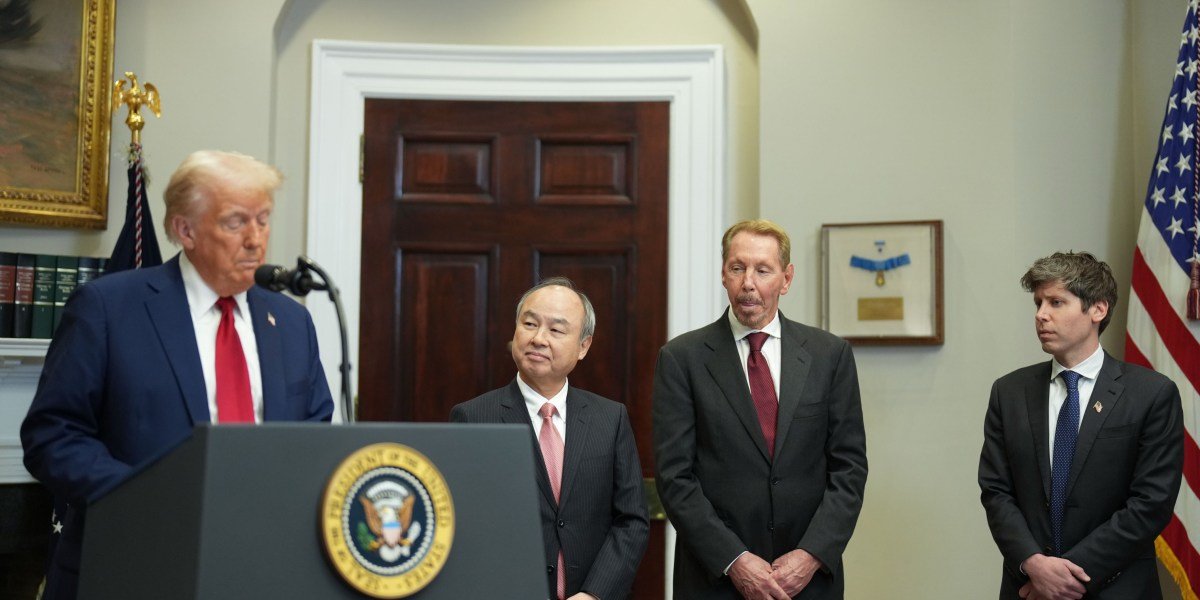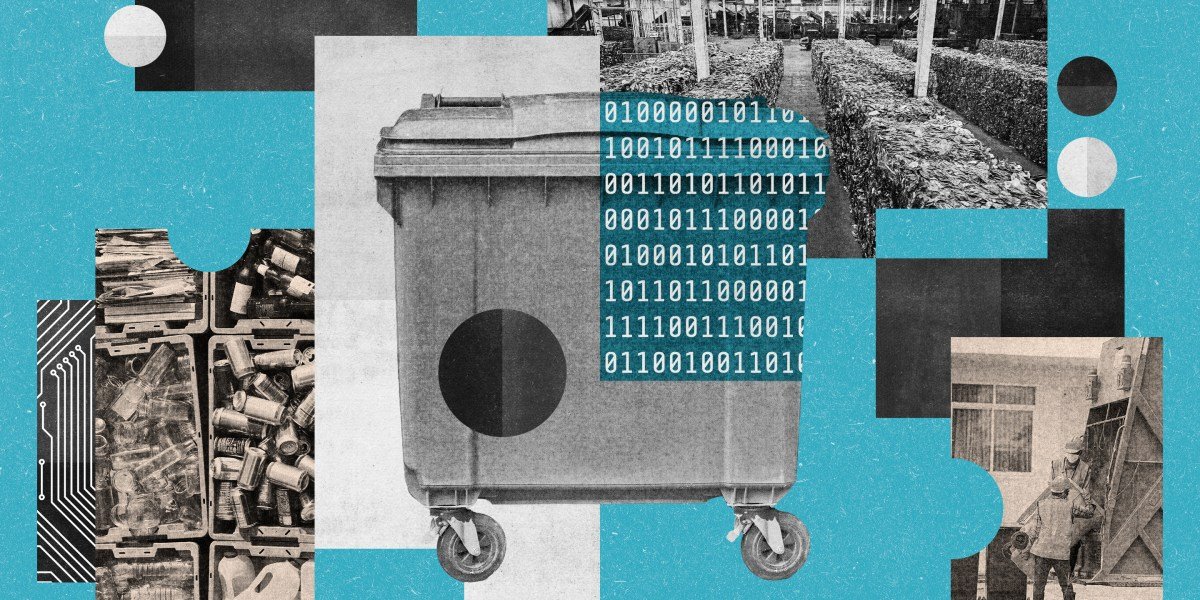
Bank of America says the AI boom is making your utility bills more expensive, and they’re likely to keep rising

Silicon Valley may be pouring billions into the AI boom, but consumers seem to be unwittingly paying a share, too.
A note from the Bank of America Institute titled “Artificial Intelligence Triggers Rise in Utility Bills” explains how average utility payments rose 3.6% year-over-year in the third quarter of 2025: “Rising consumer prices for electricity and gas suggest that billing pressure may increase in the coming months, depending on how winter weather shapes up.”
But what exacerbates the problem of rising prices in the consumer sector alone is the growing demand for electricity generation capacity – and investments in the grid – as a whole. This need for capacity and investment in networks, writes David Tinsley of Bank of America, is a result of data centers being built to support the massive boom in artificial intelligence.
“An important question for understanding current utility bills and how they are evolving is whether the demand for energy – obviously electricity – from the explosive growth in artificial intelligence and the associated construction of data centers is also putting pressure on residential bills?” Tinsley wrote. “BofA Global Research sees manufacturing and data centers as important drivers of electricity demand over the next 10 years. It is also worth noting that the increasing electrification of homes, including vehicles, is also driving electricity demand higher.”
But Tinsley adds that rates are rising due to increased demand more broadly on the power grid: “Higher electricity demand from both data center development and manufacturing growth is already being reflected in rates for residential customers. The impact is rippling through spending on transmission and distribution network improvements needed to build data centers, which is built into the tariffs of all ratepayers (residential, commercial and industrial) on the system, and then into both higher power and capacity.” Pricing.”
A massive amount of private sector money is set to be pumped into the economy in order to address the infrastructure needed to power the AI wave. Stargate project Alone, announced in January this year, it will invest $500 billion over the next four years in building new AI infrastructure for OpenAI in the US – with founding equity funding partners including OpenAI itself as well as SoftBank and MGX.
Moreover technology giants including Microsoft, Google, Amazon, deadand Nvidia It has poured tens of billions of dollars into building and upgrading data centers in an effort to stay ahead in the AI race and keep up with the growing demand for new products and MBAs. In fact, the investment was enormous Without data centers, US GDP growth in the first half of 2025 would have been just 0.1% year-on-year, according to Harvard economist Jason Furman.
But the question remains: Even with billions of dollars pumped into infrastructure projects, when will energy supply catch up with demand?
Tinsley had bad news for consumers: “There will likely be more upside ahead.”
“Electricity supplies are still struggling to catch up with rapid increases in demand due to capital intensity and regulatory requirements around building more generation and transmission capacity,” he explained.
The economist added that peak demand times will continue to push prices higher, and that while solar generation and storage will be able to fill some of the gaps, they do not offer the long-term solution needed to keep the lights on (literally) in both American homes and data centers: “At a time when low-income households are already under pressure from slowing wage growth, rising electricity and gas bills It will be another headwind. But more broadly, higher utility bills can lead to higher prices.” It would be a headwind to overall discretionary consumer spending if the increases are large and sustained.













Post Comment